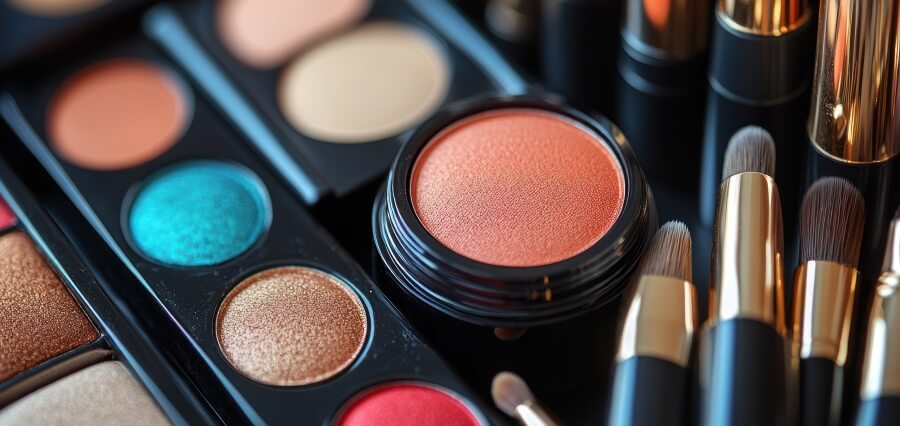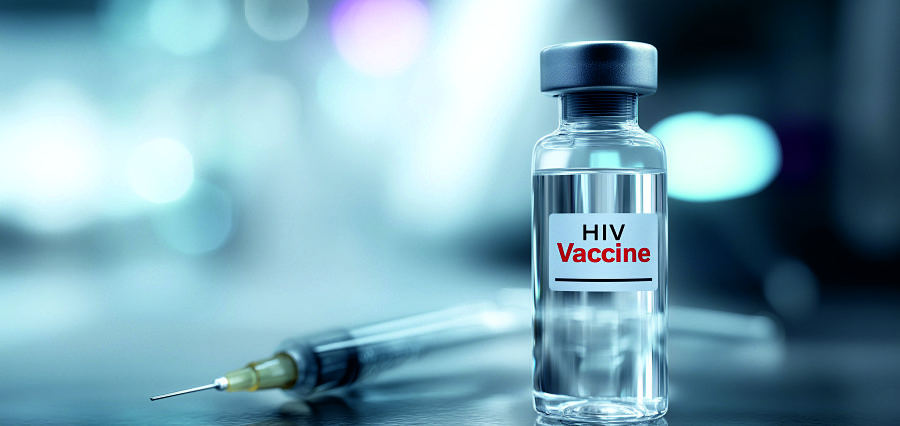A stern notice posted by the European Chemicals Agency (ECHA) has said that toxic substances could be found in 6 percent of the cosmetics sampled in 13 European countries. The study, which involved detailed analysis of nearly 4500 cosmetic products from November 2022 to April 2023, found 285 products with ingredients banned within Europe for health and environmental reasons.
One of the most alarming discoveries was the incidence of per- and polyfluoroalkyl substances also known as PFAS, also nicknamed as ‘forever chemicals’ due to their properties and ability to persist in the environment. Perfluoro nonyl dimethicone, one of the substances that can be found in some eyeliners and lip liners, is capable of breaking down virulently to pfoa which is a known carcinogen. Similarly, cyclotetrasiloxane (D4) which was found in hair conditioners and masks has been associated with reproductive health problems.
ECHA has been putting emphasis on the consumers wit and where such restricted materials have been used in various products, brands and price ranges. If you are looking to steer clear of these harmful substances; then the ingredient list is one that you must be very keen on. These substances are prohibited by REACH regulation and the Stockholm convention on persistent organic pollutants.
In view of these trends, the respective authorities have begun to take steps to eliminate such products from the market. The environmental newspaper Vert published alarming findings, regarding the content of several cosmetic products sold in shops (such as Sephora) or brands even including Kiko.
Given the increasing regulatory pressures, this investigation shows the need for a change on the cosmetic sector which appears to be in an opacity mode and the need to protect consumers’ health is paramount. This serves as a wake-up call to consumers from ECHA’s report that, while it may appear to be only health risks, the use of such chemicals in products also has detrimental effects, environmentally speaking as well.
Hence, in view of these events, it is recommended that the players in the cosmetic industry reformulate their products in compliance with the provisions of the EU legislation for the purpose of protection of the population and the environment. The focus on monitoring and regulatory control will be important in assuring that such cosmetic products are safe for use and that consumers purchase non-toxic products.





